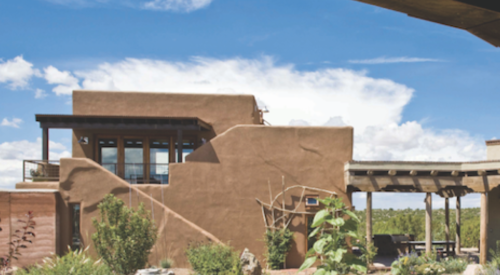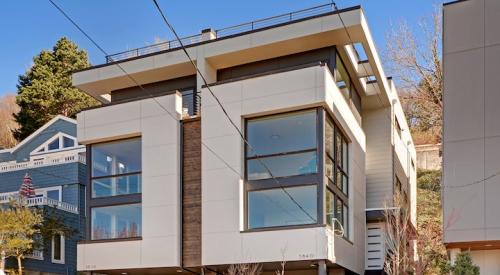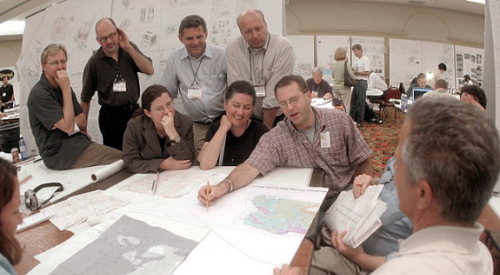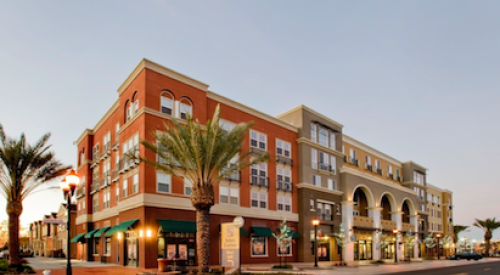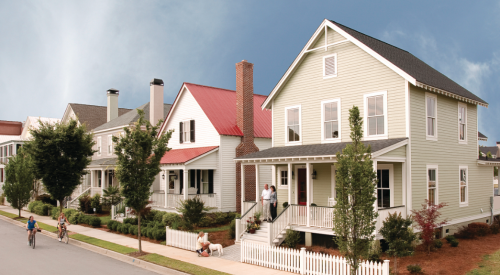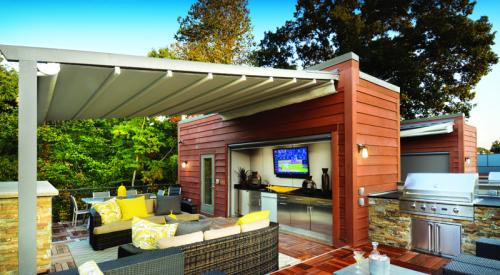He had help, of course, including aggressive political and administrative town leaders, including Harvey Cawthorne, who was public works director when Turner’s project began, and is now acting town manager. But Turner’s development of 43 houses on four acres in the heart of Port Royal brought vibrancy, and eventually gentrification, to the rundown and all but forgotten town.
Port Royal is six miles south of Beaufort, on the Intracoastal Waterway. "It was founded by the French in 1563," says Turner. "A Civil War battle was fought on the river there, but the town was just kind of forgotten. There were a lot of bungalows there from the 1900 to 1920 period, but also a lot of recent stuff that was not well-designed or well-built."
The four acres on which Turner built the Village At Port Royal was owned by Beaufort County, which planned to sell it off. In 1996, Port Royal town management decided they would rather take control of it, so the town bought it from the county, then put out a call for proposals to develop the site, which is only a block from an elementary school. Turner’s Village Renaissance Inc. won with a bid to develop a neotraditional village of affordable detached homes.
"We bought the land from the town over a three-year period at a reduced interest rate--3.5%," says Turner. "That made sense because what we were doing was pretty high-risk. It was not a nice neighborhood, and no one was building houses anywhere near the site."
Still, infrastructure was already in place. The existing streets had a paved surface 18 feet wide, and a right-of-way of 60 feet. "That was too much," says Turner, "so we got a reduced right-of-way in front by deeding the alleys behind the houses to the town, which now maintains them." Lots are 43- 2 100- feet. Turner brought in Quality Builders of Beaufort to handle construction of the first few houses. The relationship worked so well that Quality built all of them. The small, single-family homes, designed by Beaufort architect Rick Thompson, range from 1100 to 1800 square feet. All but four were sold on spec, at prices that began three years ago at $78,114 to $113,766, and ended in April at $101,200 to $132,086. All are rear-loaded, with single-car garages.
"Our target market was young military families," says Turner. "That’s why we worked very hard to keep our price point low. We hit the target, but we’ve also attracted a lot of empty-nester retirees from out of state, especially in the late stages of the project, as the town really came into its own. The new town hall was under construction when we started.The school has now been completely remodeled. There’s a new, historic-styled post office and a new fire station. It’s really amazing when you consider that our first two houses were sold while looking at old, rundown trailers across the street. The retirees like the idea of being in town, where they can walk most of the places they want to go."
"The houses fit the character of an old southern town perfectly," says Quality Builders principal Anna Pinckney."It looks as though this neighborhood was built over a period of many years, not just the last three."
Also See:
